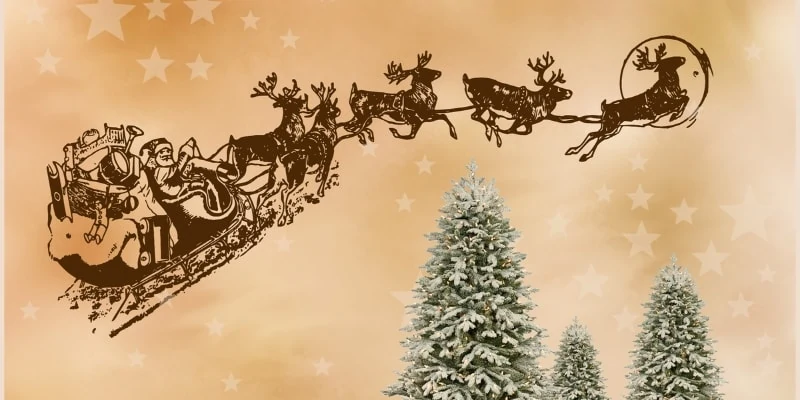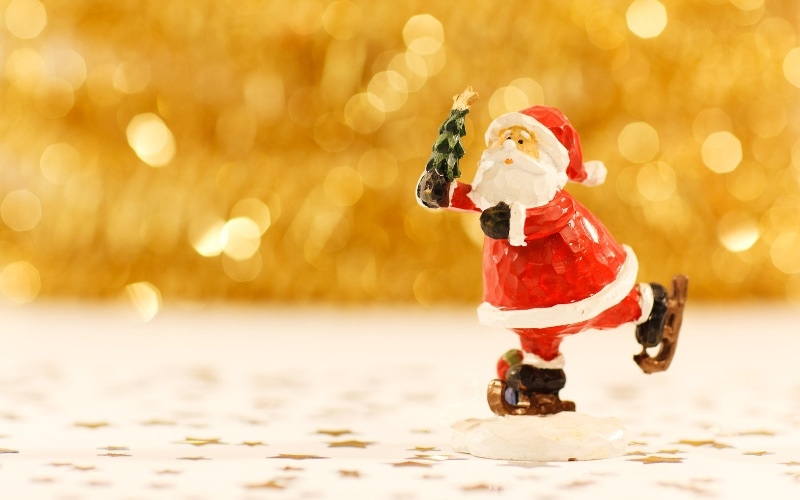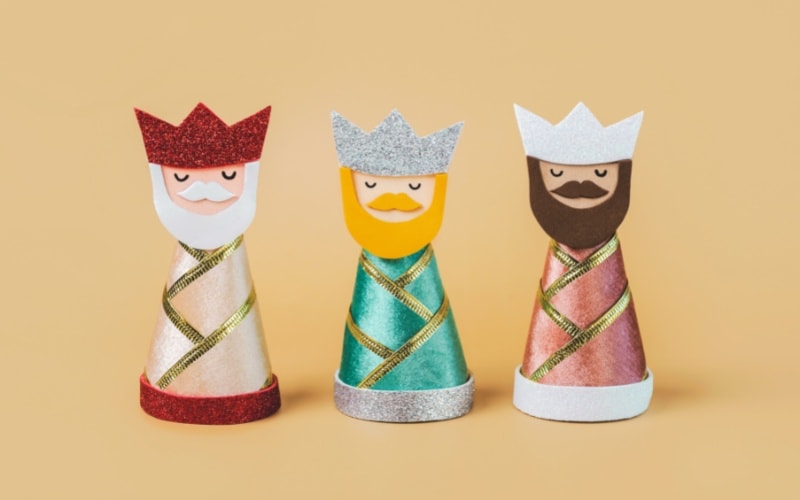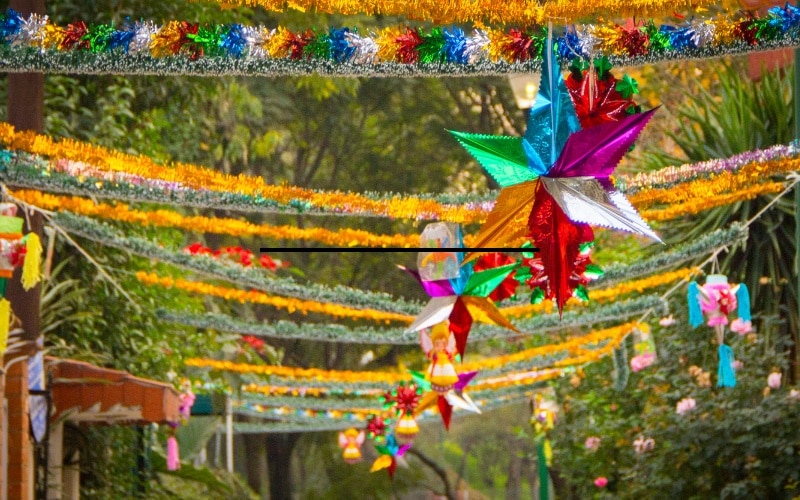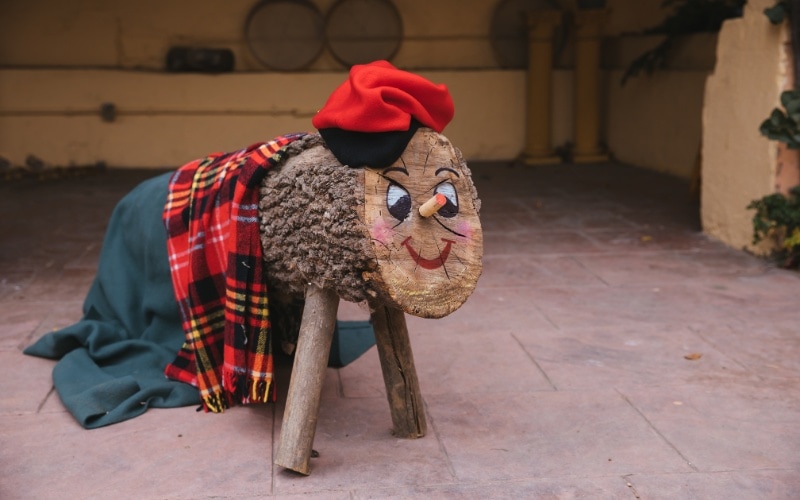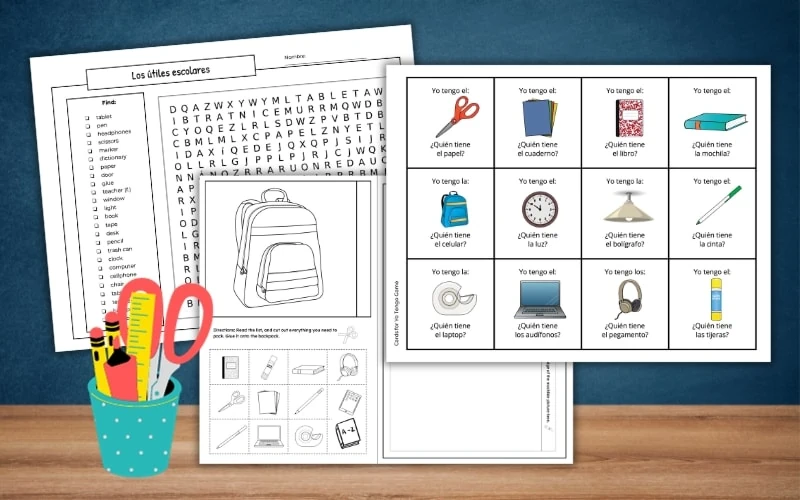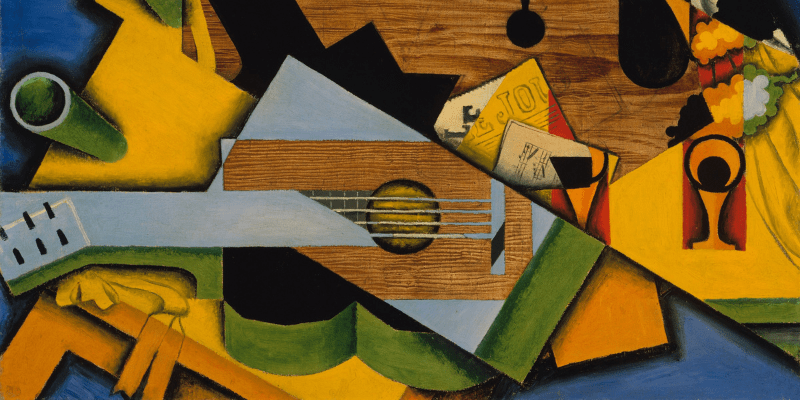All About Spanish Santa Claus
Inside: Traditions surrounding Santa Claus in Spanish-speaking places?
Regardless of languages, Santa Claus is known the world over as an icon of Christmas. Every year, he spends Christmas Eve flying a sleigh drawn by reindeer and bringing presents to children.
The legend began with St. Nicholas, from modern-day Turkey in the 3rd century. He was the patron saint of children, known for his kindness and charity.
It’s believed the Dutch brought St. Nick to the Americas, when New York was known as New Amsterdam.
Now, Santa Claus can be found among the traditions across Europe and Latin America, and beyond. But how does he fit into the other common traditions?
Let’s address the most common questions about Santa Claus in Spanish-speaking places.
How do you say Santa Claus in Spanish?
Papá Noel is the most common term for Santa Claus. This seems to be sourced from the French term, Pere Noël, similar to the English term Father Christmas, and used first in Spain. Santa Clós or Santa Cló is also common, as is simply saying Santa Claus or Santa, in some countries.
There are a few different names for Santa Claus in Spanish, though, if you keep looking!
From Guia Infantil:
A lo largo y ancho del mundo, Papá Noel tiene múltiples y variados nombres: San Nicolás, Santa Claus, Viejito Pascuero, Padre hielo… Lo que no varía es la figura del viejecito barrigudo, de tez rosada, vestido con traje rojo y larga barba blanca que se ha convertido en el personaje de Navidad más querido.
Translated:
Throughout the world, Santa Claus has many different names: San Nicolás (St. Nicholas), Santa Claus, Viejito Pascuero (Old Easter Man), Padre Hielo (Father Ice)….. What does not vary is the figure of the pot-bellied old man, with a pink complexion, dressed in a red suit and long white beard, who has become the most beloved Christmas character.
Do Kids ask Santa for Presents in Spanish-Speaking Countries?
There is too much variety among Spanish-speaking countries to tell just one story. It depends on where you live and on your own family traditions.
While kids in some places do ask Papá Noel for presents, the most common tradition is asking for gifts from Los Reyes Magos. (More on that below!)
In some places, the Baby Jesus himself (el niño Jesus) is the one who gives gifts to children.
Many families in Spain and Latin America put the focus on Nochebuena (Christmas Eve). They may attend a midnight mass, and then gather for a meal and gifts. So while children might get their gifts on December 25th, they don’t have to wait until the morning!
Related: Printable Letters for the Reyes Magos
Los Reyes Magos
Many countries observe the tradition of Epiphany, on January 6th. Mexico, Spain, Guatemala, Puerto Rico, Venezuela, Argentina, are just a few of the countries that celebrate this day.
According to this tradition, children leave their shoes out before going to bed. During the night of January 5th, Los Reyes Magos leave gifts for the children.
So although there’s no one going down the chimney, there are lots of overlap or parallels between Santa on Christmas Day and The Three Kings on Epiphany:
- The children leave out shoes instead of stockings.
- The Wise Men arrive on camels; Santa uses reindeer.
- Children leave out sweets for the kings and hay for the camels.
- Children may write letters to the The Three Wise Men to ask for specific gifts as well.
- Gift-giving during Christmas has religious roots: the original Reyes Magos brought gifts to the baby Jesus, and St. Nicholas was thought to devote himself to charity and giving gifts to the poor.
- Papá Noel and the Three Wise Kings are eternal and magical. (Some say that Jesus loved the gifts so much that he granted them eternal life and the miracle to bring gifts all the children.)
What other Christmas Traditions do Spanish-Speaking Countries have?
Here are few examples:
1. Nochebuena
As mentioned, many people attend a midnight mass, share a midnight meal, and open gifts starting on Christmas Eve.
2. Las Posadas
This is a 9-day reenactment of Mary and Joseph searching for a place to stay in Bethlehem. Each night, “Mary and Joseph” lead a procession of people to different home, knocking on doors until one invites them in for music, food, and celebration. Las Posadas is primarily known in Mexico, Guatemala, and Honduras.
3. Pesebres
In plazas, businesses, and homes, it’s common to see a Nativity Set of figurines representing the birth of Jesus Christ.
4. Villancicos
Music is a huge part of Navidad! See my collection of the most famous Christmas songs in Spanish.
5. Roscón de Reyes
This is a brightly decorated sweet bread-like cake formed in a circle. It’s supposed to resemble a crown with jewels in it, and is served on Epiphany. Sometimes people hide a small baby Jesus figurine in it, to see who has to make the roscón the next year.
6. El Gordo
This is a Christmas jackpot tradition from Spain. El gordo literally means “the fat lottery.” The winning numbers are chosen on December 22nd, and the money is divided between ten people.
7. Caga Tió
This is a Catalan tradition in Spain. It’s (get ready) a decorated log that gets fed, hit with a stick, and sung to in order to produce treats and presents.
More Christmas Terms in Spanish
- Baby Jesus – El Niño Jesús
- chimney – la chimenea
- Christmas Tree – el árbol de Navidad
- Merry Christmas – Feliz Navidad
- New Years – Año Nuevo
- presents – los regalos
- reindeer – los renos
- sleigh – el trineo
- snow – la nieve
- star – la estrella
